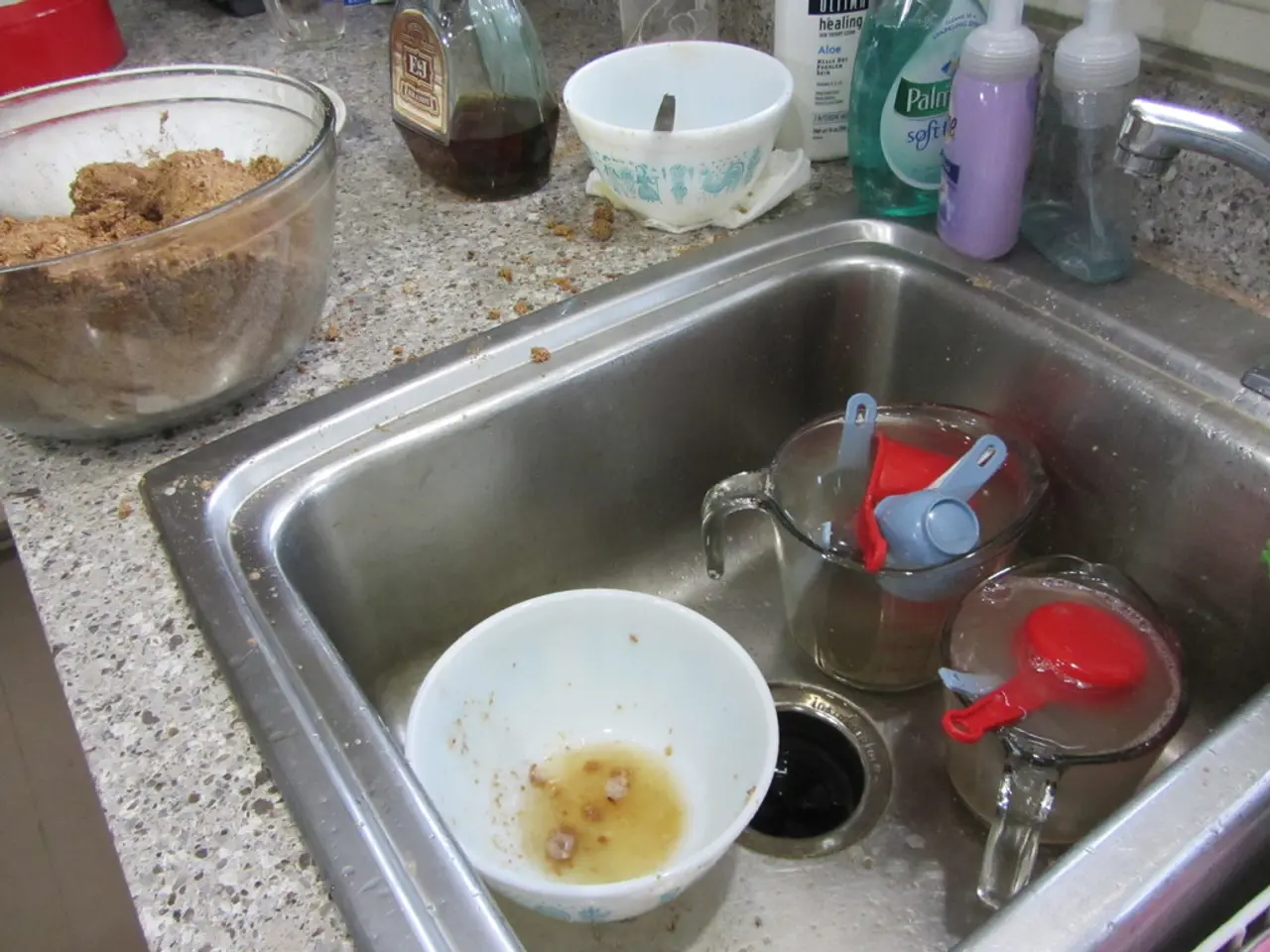Disease Associated with the Mad Hatter: Its Description, Causes, and Symptoms
Mercury, a metallic element that exists in liquid form at room temperature, can pose a significant health risk when it enters the human body. This article explores the causes, symptoms, and treatments of mercury poisoning, as well as the origins of the phrase "mad as a hatter."
**Causes of Mercury Poisoning:**
Mercury poisoning can occur through various routes, including consumption of high-mercury fish, exposure to mercury vapors, and contact with mercury-containing products. The lungs can absorb mercury vapor when inhaled, and this can happen in workplaces, such as factories or workshops that produce batteries, lamps, or light bulbs. Broken thermometers or blood pressure monitors, certain dental fillings, and contaminated fish are other common sources of exposure.
**Symptoms of Mercury Poisoning:**
Symptoms of mercury poisoning can vary depending on the form of mercury and the duration of exposure. Early symptoms may include a rash, skin itchiness, muscle pain, a metallic taste in the mouth, sores or inflammation in the mouth, vomiting, stomach pain, diarrhea, sleep disturbances, and a wet cough. As the poisoning progresses, neurological effects such as impairment of vision, disturbances in sensations, lack of coordination, muscle weakness, tremors, emotional changes, and cognitive impairments may occur. Psychological effects like anxiety, depression, and behavioral changes may also be present.
**Treatments for Mercury Poisoning:**
Treatment involves removing the source of exposure and providing supportive care to manage symptoms. Healthcare providers diagnose mercury exposure through tests like hair and urine mercury levels. Chelation therapy may be used in severe cases to help remove mercury from the body.
**Origin of "Mad as a Hatter"**
The term "mad as a hatter" originates from the historical practice of hatters using mercuric nitrate in the treatment of felt hats. Prolonged exposure to this mercury compound led to mercury poisoning, which caused neurological and psychological symptoms, including mood swings, irritability, and erratic behavior. This condition was colloquially referred to as "hatter's disease" or "mercurialism," giving rise to the idiom "mad as a hatter."
**Prevention and Awareness:**
Anyone who believes they have been exposed to mercury or is experiencing symptoms of mercury poisoning should contact a doctor. Pregnant women, in particular, should be cautious about consuming fish known to contain high levels of mercury, such as tuna, swordfish, and shark. Fishing has been prohibited in certain U.S. lakes due to mercury contamination.
Mercury is a neurotoxin and can cause neurological damage that leads to hallucinations and psychosis. Therefore, it is crucial to be aware of potential sources of exposure and take necessary precautions to protect oneself and one's family from this hidden danger in everyday life.
- A quick Public Service Announcement (PSA): Be vigilant against mercury exposure, a potent neurotoxin, as it can lead to mental health issues such as hallucinations and psychosis.
- Universities and research centers (UC) have played an instrumental role in understanding the causes, effects, and treatments of mercury poisoning, as well as the history behind phrases like "mad as a hatter."
- Certain medical-conditions, including arthritis, multiple sclerosis (MS), psoriatic arthritis, and neurological disorders, can be aggravated by mercury poisoning due to its neurotoxic nature.
- Mercury contamination has affected health and wellness not only physically but also mentally, with symptoms ranging from skin irritation to neurological and psychological effects.
- Avoid consuming fish known to contain high levels of mercury, such as tuna, swordfish, and shark, especially during pregnancy, as it may contribute to the development of adverse health impacts on the child.
- Always practice caution when working with or around products that contain mercury, like batteries, lamps, light bulbs, dental fillings, thermometers, blood pressure monitors, or even contaminated fish, to minimize exposure risks.
- In the event of suspected mercury poisoning, it is vital to consult a healthcare provider, as early detection and treatment can prevent long-term health complications.




